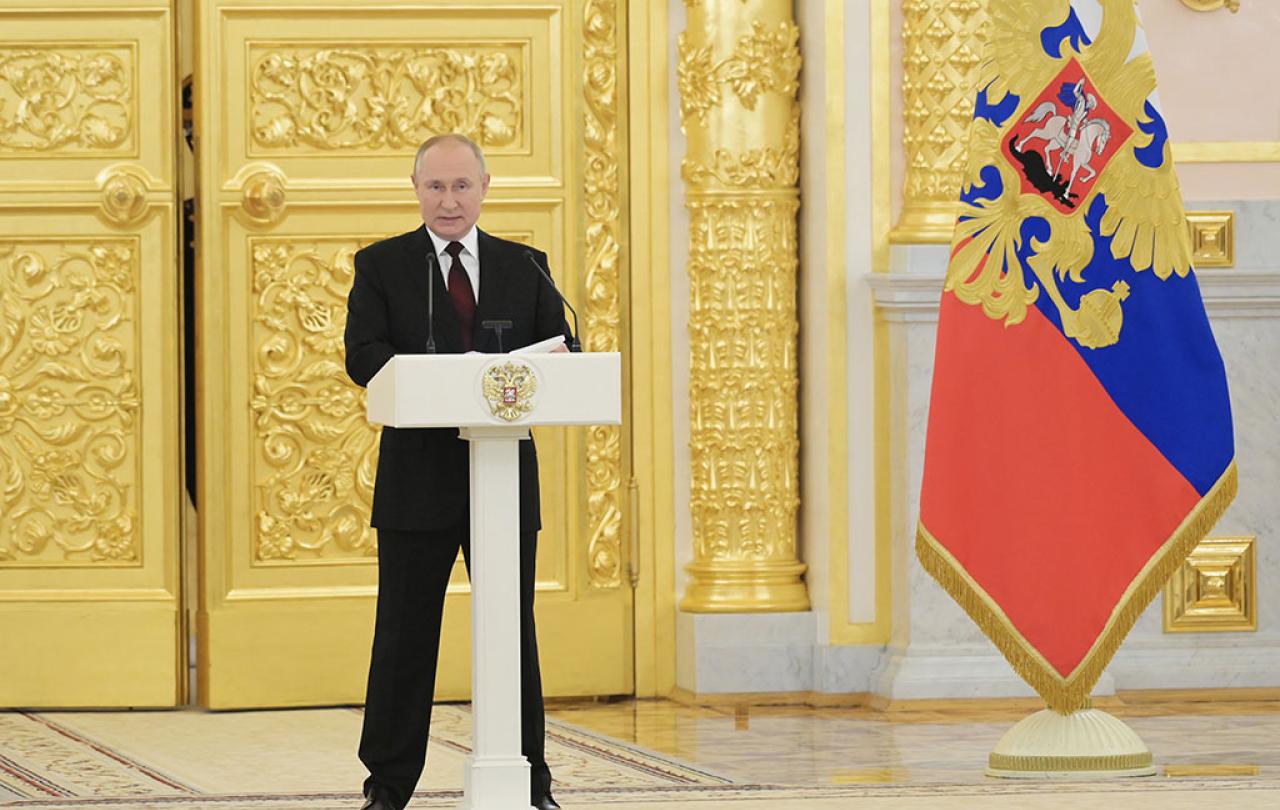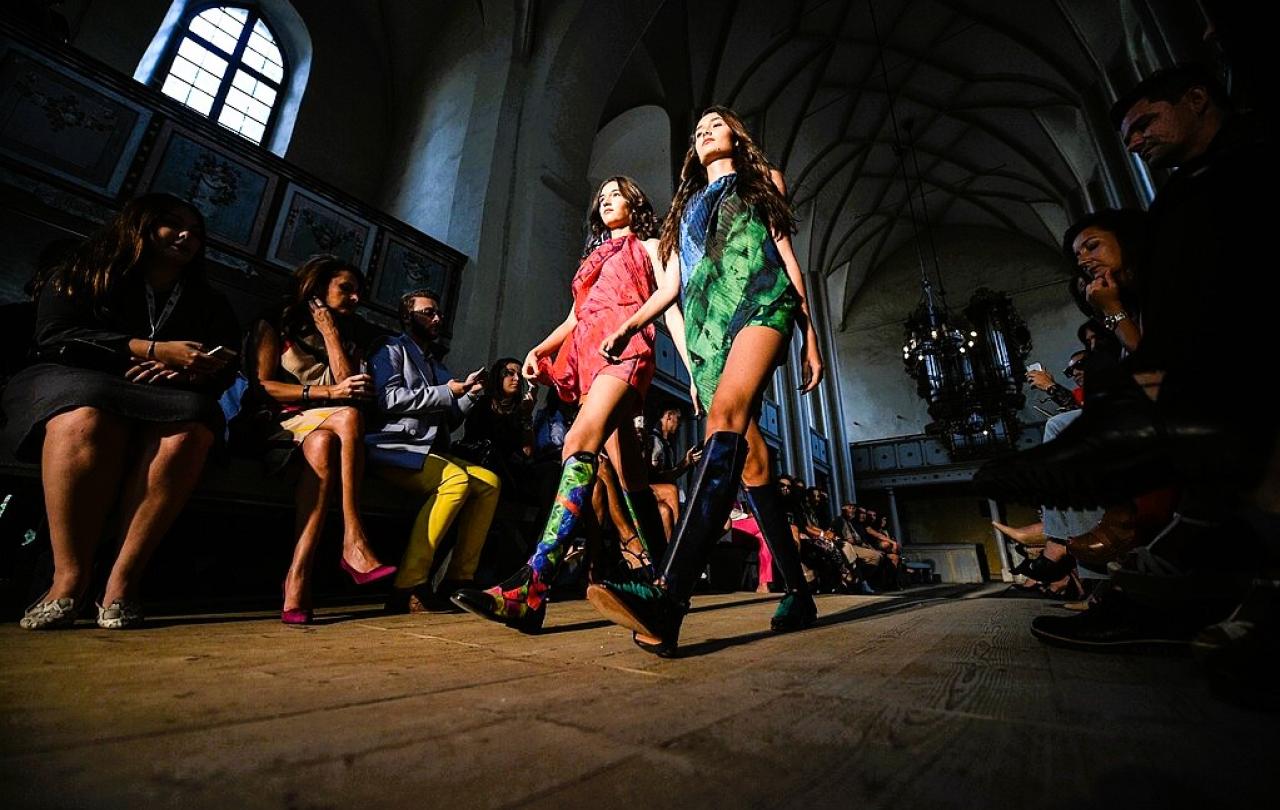
Is there a new Cold War today? This assumption, spurred by the war in Ukraine, is challenged by Anne Applebaum in Autocracy, Inc. (Penguin Random House, 2024). Instead, she argues, there is a growing group of autocratic nations where ruling elites exercise staggering levels of corruption, accumulating wealth, eviscerating the common good and suppressing any meaningful dissent. There is rule by law rather than rule of law, where the courts become the means by which brutal, cynical state power is employed to destroy and imprison opponents.
The Cold War was underpinned by ideology, but autocratic states today support one another through logistics, resources and propaganda despite big differences in outlook. Iran, North Korea, Venezuela, China, Russia and Zimbabwe, to name a handful of autocratic nations, share little by way of common ideology, except the desire of their dictators to stay in power, both to ensure their wealth and to protect themselves from legal action. The fig leaves of religious beliefs and nationalism are often used in different combinations but fool few.
If there is a common denominator for these autocracies, it is the wish to scrap the post-war settlements – the institutions and laws that have marked global affairs since. The body of existing international law is a particular target, as its dismantling immunises dictators against judgment.
Framing the present global picture in clear, criminal terms like this is helpful. Mafia states exist, and they are growing in influence. But it is too easy for others to place themselves on the side of the angels. These kleptocracies have been enabled by corporate bodies elsewhere. In the UK, London is host to lawyers, accountants, bankers and PR experts who have helped to launder money for corrupt elites. They argue their support is legal, but it is also amoral; such is the professional framework of some of the biggest names in law and finance. London’s property market, like several other global capitals, has been grossly distorted by the laundering of foreign money, to the detriment of working people trying to afford their own homes.
At the end of the Cold War, there was a widespread sense that liberal, democratic values had prevailed and it only remained for this dye to leak into the fabric of remaining nations. Not only is this not true today, if anything the momentum is with autocratic values infecting democracies with their ways. The global technology revolution has assisted this, as once abhorred opinions and positions gain traction in the minds of distracted people with grievances, real or imagined.
There is a special hypocrisy when criminals who have stolen billions and murdered thousands claim to speak for God.
The late Chief Rabbi, Jonathan Sacks, said the key question for the new century was: who speaks for God? If the suggestion was that this is a question different religious traditions need to answer in ways that support our common humanity, we now have no shortage of dictators who say they speak for God. Their claims that other regions of the world are godless and degenerate are made time and again. Like Goebbels, they know that the endless repetition eventually wears people down until phrases become believable. No-one who cares about God’s character would claim their society reflects his character well; there is injustice, hatred and violence everywhere. But there is a special hypocrisy when criminals who have stolen billions and murdered thousands claim to speak for God.
When Jesus faced his life-defining temptation in the wilderness, the devil showed him the kingdoms of the world and promised they would be his if he ‘turned’. He also tempted Jesus to turn stones into bread. Power and wealth, the very trappings coveted by the world’s dictators. And his final temptation: to throw himself from the roof of the Temple, only to be saved by the angels. To surround himself with a loyal cadre of officers sure to protect his interests at all times.
Instead of the highway to autocracy, Jesus took the uneven and winding path of service to others. One of self-denial, deprived of the material wealth made available by his elevated position. This is the human standard we have been set and it compels self-reflection, not boasting and threats.
Support Seen & Unseen
Seen & Unseen is free for everyone and is made possible through the generosity of our amazing community of supporters.
If you’re enjoying Seen & Unseen, would you consider making a gift towards our work?





